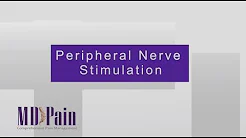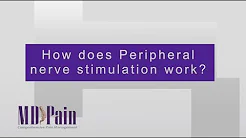Frequently Asked Questions
Peripheral nerves in general terms are nerves that are shallow to the skin that carry pain sensations back to the spinal cord. They can be found throughout the body.
Peripheral nerve blocks can be both diagnostic and therapeutic by placing numbing medicine and anti-inflammatory medicine around the nerve. This can help locate your source of pain.
The numbing medicine around the nerves helps locate the pain generators if the pain goes away with the injection. The numbing medicine usually lasts six to eight hours. The anti-inflammatory medicine (corticosteroid) can take several days to start working and can last many weeks. The goal is to interrupt the cycle of daily headache pain. You will most likely require a series of injections to get prolonged benefit after each round.
You will be laying or sitting down (depending on which nerve is injected) on an exam table in the pain office. The area to be injected will be cleaned with alcohol. A tiny needle is then used to inject the medications under the skin. Depending on the nerve to be injected, we may use a nerve stimulator which sends weak electrical impulses to the nerve to help locate it. When we inject the medication, it will be associated with a poke and burning sensation. The procedure will take a couple minutes and then your pain may or may not start diminishing.
If the numbing medicine relieves your pain but you don’t obtain progressive duration of relief after each injection, you may be a candidate for a longer term relief procedure called a pulsed Radiofrequency ablation. This may provide relief for weeks to months.




